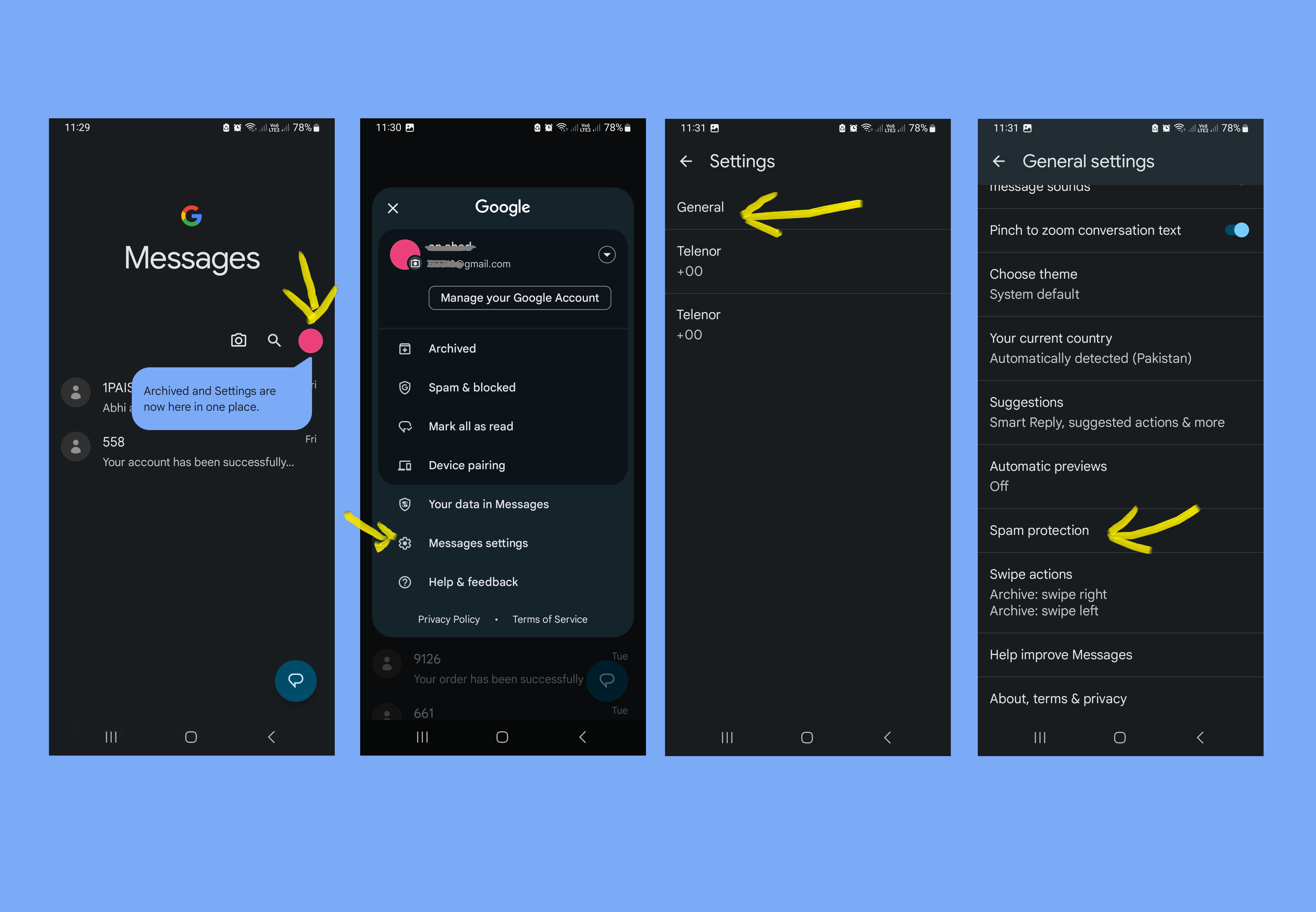What Sets Docker Apart: A Peek Into Its Essence
Before getting started Docker, let's dissect it. So, what exactly is Docker? It's a platform that makes it easier to build, deploy, and run apps in containers. The containers bundle up everything an app requires to run. It's like a self-sufficient package that guarantees an app runs seamlessly, irrespective of the environment.Docker vs. Virtual Machines (VMs): Breaking the Chains of Misconception
Image source: Nangialai Stoman on UnsplashDo you have a C programming assignment that requires you to differentiate Docker and VMs, and wondering if you should get C homework help? Well, these two might seem like two peas in a pod, both facilitating the deployment of applications, but peel back the layers, and you'll discover they operate in different ways.
So why do we often hear the question, "Is Docker a virtual machine?" To set the record straight, Docker is not a virtual machine; it's a containerization platform. Virtual machines emulate entire operating systems. Picture it as creating a miniature computer within your computer.
These VMs require a hypervisor to manage multiple instances on a single physical machine. Each VM has its own OS, which consumes considerable resources. This setup offers isolation but can be heavy on both memory and storage.
In contrast, Docker containers share the host OS kernel, making them lean, mean, and incredibly efficient. Think of a container as a lightweight package bundling your app and its dependencies. This package runs consistently on different settings, guaranteeing that your app maintains the same behavior, whether it's on your local machine or in production.
So, why master how to use Docker and ditch the heavy virtual machine? First off, resource efficiency. Containers share the host OS, requiring less memory and storage than VMs. You can run multiple containers on the same hardware thanks to this efficiency. Consequently, you utilize resources better.
But it's not just about resource savings. Docker containers boot up lightning-fast. Unlike VMs, which can take a while to start, containers fire up almost instantly. This rapid startup time is a game-changer for developers, enabling quicker testing and deployment.
Why Opt for Docker?
Docker is a veritable gold mine waiting to be explored. If you're wondering why students and developers worldwide have embraced learning Docker and making it an essential programming tool, here's why.Maintaining Uniformity in Varying Environments
Docker offers a uniform environment throughout the development process. Say goodbye to the nightmare of code behaving differently on different machines. With Docker, you encapsulate everything your programming assignment needs (dependencies, code, and libraries) into a neat, isolated container. The container maintains similar behavior, irrespective of where it's run, ensuring consistency.Collaboration Unleashed
Docker breaks down the silos between students and developers, making collaboration smoother than ever. Thanks to its consistent environments, every team member works on the same platform regardless of their local setup. No more hours are wasted on debugging issues that arise simply because of differences in development surroundings.Simplified Deployment and Scaling
Docker makes deployment easier by encapsulating an app and related dependencies into one container. No more worrying about whether the target server has the right libraries or configurations – if it runs Docker, it runs your app. So, whether you're a solo developer or part of a large team, Docker streamlines the development lifecycle, enhancing focus on innovation rather than deployment headaches.Utilization of Microservices
With microservices, applications are teared up into smaller, independent services, Docker shines. Each microservice can run in its container, offering flexibility and scalability. Docker containers can communicate with one another with ease, creating a dynamic and efficient microservices architecture. This flexibility is vital for programmers working on complex projects where adaptability is key.Efficiency of Resources
Docker containers share the host OS kernel which makes them light. It means you can run multiple containers on the same hardware, optimizing resource usage. It's an eco-friendly approach to coding – doing more with less.Docker Basic Tutorial: Bringing an App to Life with Docker
Image source: Jexo on UnsplashMaking a Docker container entails various steps that need to be followed accurately. Let's go through them.
Install Docker
Get started with Docker by installing it on your machine. Docker provides straightforward installation packages for various operating systems, ensuring a hassle-free setup process.Writing a Dockerfile: Defining the App’s Environment
The next procedure to create a Docker container well is to make a Dockerfile, a script that contains instructions to build a Docker image. Define the base image, set up dependencies, copy the app code, and configure the necessary settings.Building a Docker Image: Crafting the App's Blueprint
Use the Dockerfile to build a Docker image. This process involves bundling the app and requisite dependencies into one container.Run the Container: Watching the App Come Alive
The next vital procedure in this Docker container tutorial is to run the container based on the created image. This procedure executes the app in an isolated environment, separate from your machine's setup.Expose Ports and Network Your Containers: Enabling Communication
If your application relies on network communication, configure Docker to expose ports and enable networking between containers. It ensures seamless interaction within your application components.Persisting Data with Volumes: Guarding Against Loss
Any data stored within Docker containers is temporary. So, use volumes to persist data to ensure valuable information survives even if the container gets terminated.Scaling the App: Embracing Docker Orchestration
Scale your application effortlessly by getting started with Docker compose or Kubernetes to orchestrate various containers. This stage is vital for managing complex apps in a production setting.Signing Off
Docker isn't just a buzzword; it's a transformative tool that can redefine how you approach development. Its ability to create reproducible environments, streamline collaboration, and ease deployment makes it a must-have in every student's and developer's toolkit. By mastering the art of Docker, you're not just creating applications; you're sculpting a seamless, efficient, and scalable coding experience.by Web Desk via Digital Information World





















